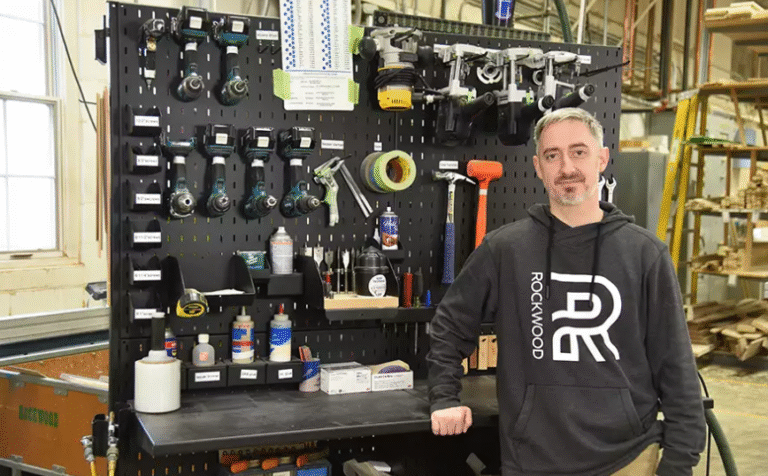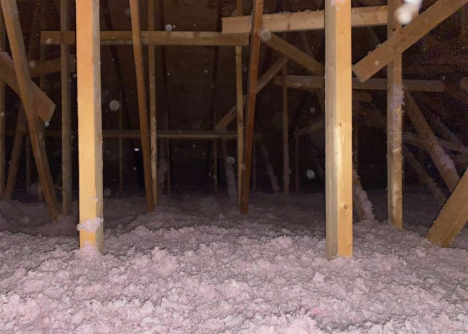Enhancing Pipeline Operations with Modern Techniques

Introduction
Efficient transport of liquids and semi-solids through pipelines is critical for industries ranging from food and beverage to petrochemicals. Ensuring minimal product loss, reducing contamination risks, and optimizing flow requires innovative approaches. One such approach involves integrating automated systems that streamline the cleaning, monitoring, and transfer process.
This article explores the role of automatic pigging in improving pipeline efficiency, operational safety, and cost-effectiveness.
Understanding Automatic Systems in Pipelines
Automatic pigging involves the use of mechanized devices to clean, separate, or push product through pipelines without constant manual intervention. These systems are designed to operate autonomously, ensuring consistent performance while minimizing human error.
How It Works
- Insertion: Pigs are inserted into the pipeline at a designated launch station.
- Movement: The product flow or compressed air drives the pig through the pipeline.
- Detection: Sensors track the pig’s location and performance in real time.
- Recovery: The pig exits at a receiving station, often triggering automated reporting or subsequent cleaning cycles.
By automating these steps, industries can maintain continuous operations while ensuring optimal cleanliness and product recovery.
See also: How Technology Is Revolutionizing the Fitness Industry
Benefits of Automatic Pigging
Enhanced Product Recovery
Automated systems reduce residual product left in pipelines, ensuring higher yield and less wastage.
Improved Operational Efficiency
With minimal manual intervention, pipeline operations become faster and more predictable, reducing downtime.
Safety Advantages
Automation limits direct human involvement in potentially hazardous areas, reducing the risk of accidents.
Consistency and Reliability
Automatic pigging maintains uniform cleaning automatic pigging cycles and flow management, leading to predictable performance outcomes.
Key Applications
Food and Beverage Industry
Automatic systems efficiently handle viscous liquids such as syrups, sauces, and dairy products, maintaining hygiene and preventing contamination.
Petrochemical and Oil Industries
High-value liquids are recovered with minimal waste, and pipelines are cleaned efficiently without interrupting production schedules.
Pharmaceutical Sector
Sensitive compounds are transported and cleaned in a controlled, contamination-free environment.
Specialty Manufacturing
Systems handle slurries, pastes, and other challenging products with precision, reducing the risk of pipeline blockages.
Design Considerations
Pipeline Layout
Automatic systems require careful planning of bends, elevation changes, and length to ensure smooth pig movement.
Product Characteristics
The viscosity, density, and chemical properties of the product influence pig type, material, and speed.
Monitoring and Control
Sensors and software integration allow real-time monitoring of pig position, speed, and cleaning performance.
Maintenance Planning
Automated pigging systems require periodic maintenance, including inspection of pig integrity, pipeline wear, and sensor calibration.
Best Practices for Implementation
System Selection
Choosing the right pig type and automation level is crucial for optimal efficiency.
Integration with Existing Operations
Systems should be designed to complement current pipeline operations, minimizing disruption during installation.
Staff Training
Operators and maintenance personnel should receive training on system operation, troubleshooting, and safety protocols.
Continuous Optimization
Regular performance assessments and adjustments ensure the system operates at peak efficiency.
Challenges and Solutions
- Complex Pipeline Networks: Multi-branch or long pipelines may require multiple pigs or specialized routing strategies.
- High-Value Products: Automated systems must be precise to avoid losses of expensive materials.
- Sensor Accuracy: Reliable tracking is essential; high-quality sensors and calibration are critical.
- Regulatory Compliance: Systems must meet industry-specific hygiene, safety, and environmental standards.
Emerging Trends
- Smart Automation: Integration with IoT devices enables predictive maintenance and data-driven optimization.
- Advanced Pig Materials: Wear-resistant and flexible materials extend system longevity and performance.
- Simulation and Modeling: Virtual testing helps optimize pipeline layout and system parameters before installation.
- Remote Monitoring: Cloud-based platforms allow operators to oversee multiple pipelines from centralized control centers.
Conclusion
Automatic pigging offers significant benefits in terms of efficiency, product recovery, and safety. By reducing manual intervention and ensuring consistent performance, these systems support operational excellence across multiple industries.
Investing in automatic pigging solutions allows companies to optimize their pipelines, reduce waste, and enhance overall profitability. Proper system design, regular maintenance, and staff training are key to achieving long-term benefits and a high return on investment.
With advances in automation, materials, and monitoring, automatic pigging continues to be a cornerstone of modern pipeline management, providing reliability and efficiency in complex industrial operations.





